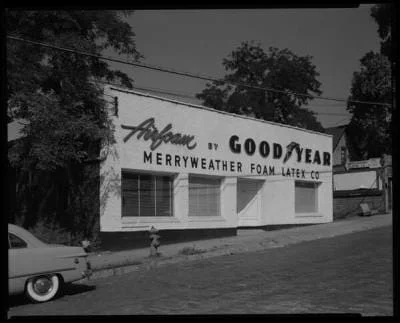Cutting complex shapes out of sheet with a knife or scissors isn’t easy, especially when you want them all to look the same. That’s probably why some brilliant pastry chef invented the cookie cutter.
Flatbed die cutting is the industrial version. It’s a cost-effective way of making complicated two-dimensional shapes in thin material. Here’s how it works and some reasons why you might want to use it.
Process basics
The cutting die starts out as a strip of thin steel rather like that used in a steel tape measure, which may be why it’s known as a “steel rule die.” This strip is bent into the outline of the shape to be cut, and fixed in a slot cut in the base. The assembled die then gets mounted face down in a press. The material being cut is positioned underneath the die, which is pressed down. Pressure forces the steel edge through the material, producing the shape that’s wanted.
The depth of cut is controllable, so you can cut all the way through or just part way. The advantage of cutting part way, in what’s called a “kiss” or “butt” cut, is that individual pieces stay with the sheet. This makes handling cut material much easier.
There’s a version of this process known as rotary die cutting. The difference is that the steel rule die is mounted in a cylinder that rolls over the material being cut. This works well for rolls of material as well as sheets, but the machines can be larger and are more suited to higher volumes.
Characteristics of flatbed die cutting
- Accuracy and repeatability: The steel rule die ensures the same shape is cut every time, with very little variation.
- Edge quality: Edges are clean and vertical, even on thicker materials. (Side note: rotary die cutters tend to produce a slightly curved edge.)
- Versatile: Polyethylene, Urethanes, silicones, and many elastomeric materials can all be cut this way.
- Nesting capability: Combine multiple steel rule dies on a single base to cut several parts at once.
- Fast: No manufacturing process can compete with the speed of a press.
Advantages
- Very economical for smaller quantities and short production runs, thanks to inexpensive tooling and short set-uptimes, plus the speed of the press.
- New shapes can be produced without extended delays for tooling
- Can maximize material utilization through nesting, (so keeping costs low.)
- Easy handling of kiss-cut material
- Works on almost any sheet material
Simple and cost-effective
When you need a number of identical shapes cutting from foam material flatbed die cutting has a lot to recommend it, but depending on your volumes there may be alternatives. The experts here at Merryweather Foam can tell you if die cutting is the way to go or if you should consider something else, so contact us today.


